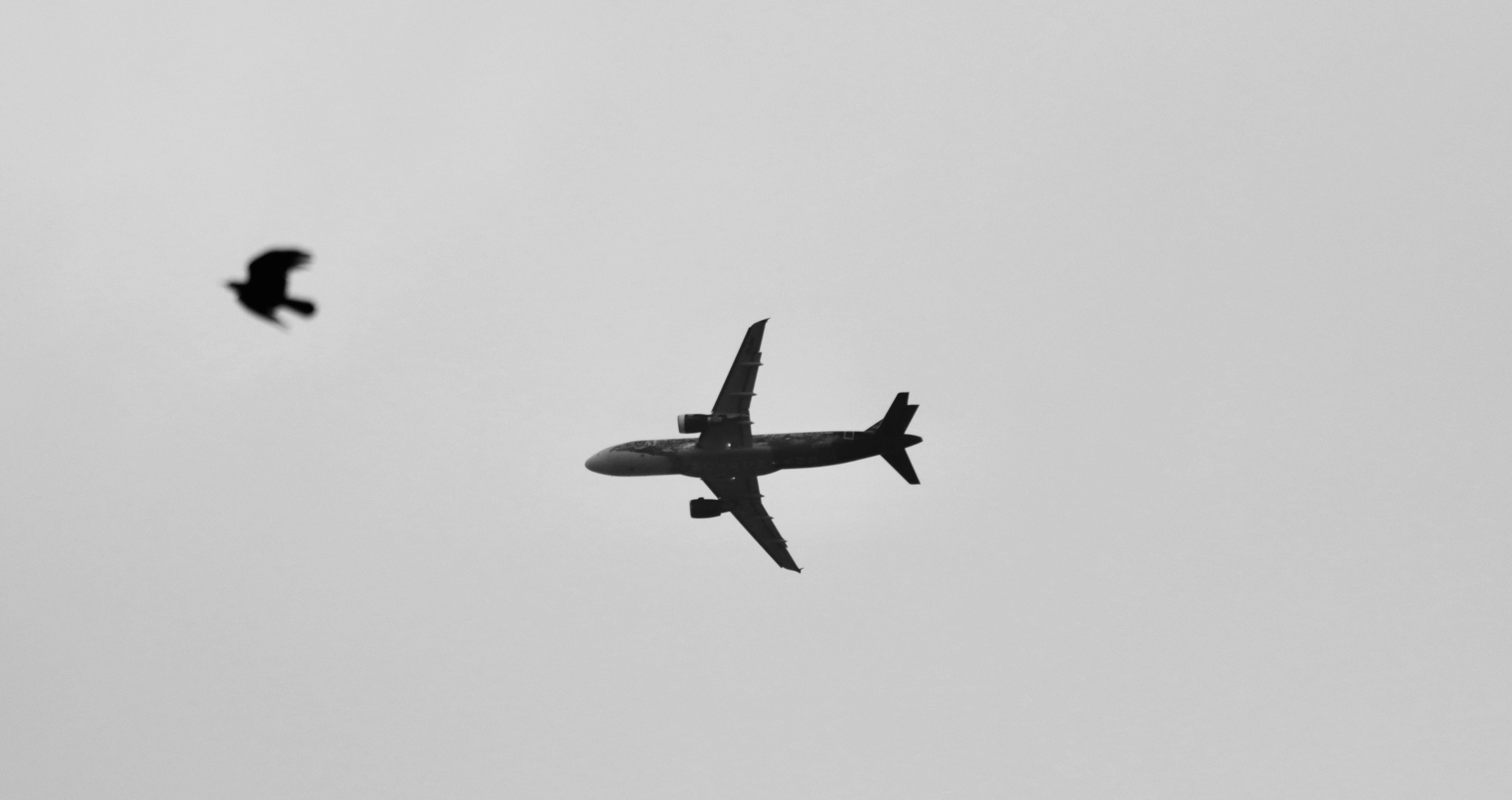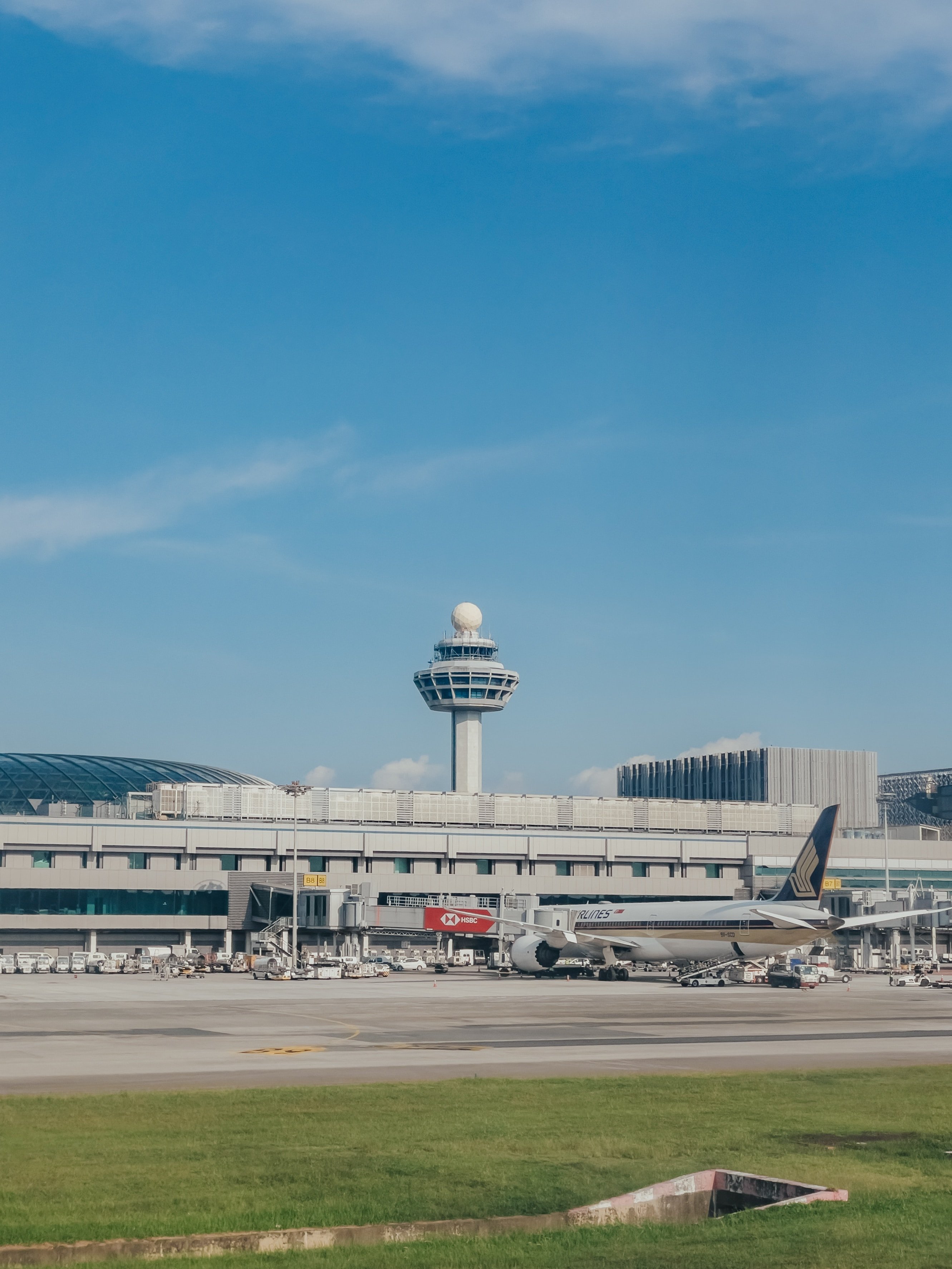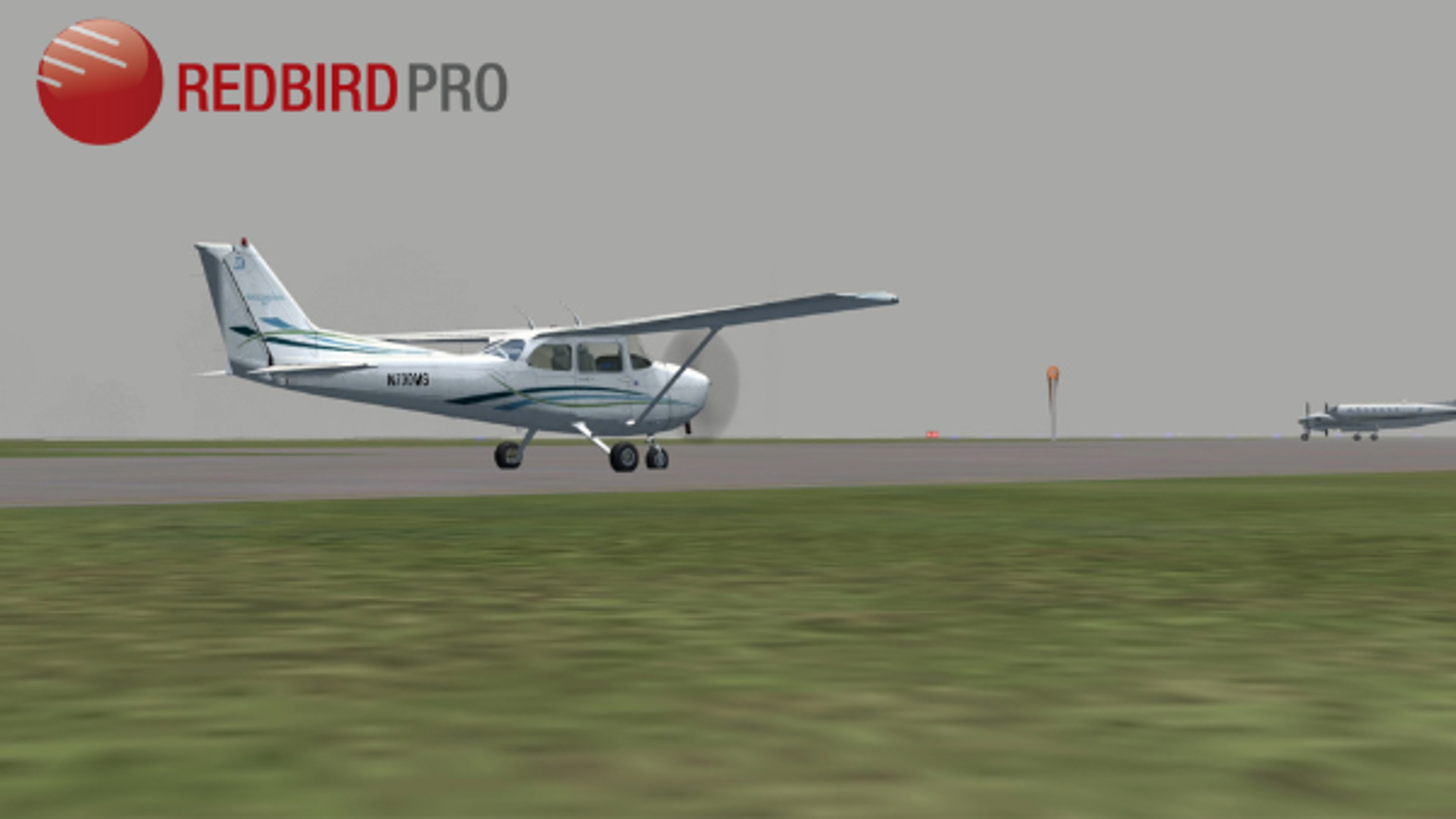Flying in the UK With an FAA Pilot Certificate
For many years, pilots and learners from the United Kingdom have looked with envious eyes on the open skies and clear weather abroad for flight training and hour-building. Back in the day when the exchange rate was more favorable to British citizens, many U.K. pilots would fly over to places like Florida to take advantage of the lower price of avgas and the fact that they could fly almost whenever they wanted, unrestricted by the unpredictable weather of Britain.
Although the exchange rate is not what it used to be, some British pilots still find the draw of flying in the United States too strong to pass up. The disadvantage is that some of these aviators return to the U.K., take one look at the METARs and TAFs, and can't decide if going flying is safe.
Spoiled by the CAVOK skies of the U.S., they are not always confident about making the right choice. The congested airspace in some parts of the U.K. doesn't help either.
However, increasingly, the inverse also applies: The differences between the two countries make flying in the U.K. and the rest of Europe advantageous to American aviators.
While North America contains the full spectrum of weather conditions — so there’s no need to travel to Europe solely to experience unfamiliar weather — the combination of weather conditions, airspace, language variations, and the chance to visit a diverse collection of airfields, airports, and grass strips make flying across the pond an exciting and worthwhile challenge.
Requirements for Flying in the U.K.
To fly in U.K. airspace on a non-U.K. certificate or license, you first need to fill out two forms, SRG2141 and SRG2142, which you can download from the Civil Aviation Authority website. You'll need to be current on your chosen aircraft type, and the flights should be purely recreational (i.e. not for hire or any reward).
Beyond that, you'll need to meet all the following basic requirements.
- Your certificate from the Federal Aviation Administration needs to be valid, up to date, and not subject to any enforcements;
- You need to have a valid rating for the aircraft you intend to fly;
- You need at least a Class 2 medical certificate;
- You need to have an “English proficient” endorsement on your certificate or license (minimum level 4 proficiency);
- You need to complete an acclimatization flight with a qualified instructor.
Radio Call Differences
The U.S. and U.K. have several differences in radio usage of which you should be aware.
- Non-towered fields in the U.S. use the UNICOM system, whereas the U.K. uses the Flight Information Service.
- In the U.K., when the information service is closed, so is the airfield.
- While you can leave a frequency in the U.S. without telling anyone, in the U.K., you should inform the tower (unless the tower instructed you to do so in the first place, in which case an acknowledgment is all that is needed).
- In the U.K., you should keep a listening watch on the appropriate frequency when flying outside controlled airspace.
- U.K. airspace tends to be a lot busier in terms of radio calls. In some parts of the country, you’ll need to communicate much more frequently than you may be used to in the U.S.
The busy airspace in the U.K. and some parts of Europe can be a challenge, but it should not need to be too daunting if your preflight planning is thorough. As with all radio communications, it’s a matter of anticipation. If you know what to expect and the format in which it will be delivered, your brain will be prepared to process the information.
Avoiding Controlled Airspace Infringements
Due to the number of infringements of controlled airspace by U.K. pilots over the years, the CAA and others have produced numerous leaflets and guides designed to prevent occurrences. For U.S.-based pilots flying in the U.K., they certainly are helpful and well worth the effort of study and absorption. Before you fly across the pond, visit the Airspace & Safety Initiative website to read through all the guidance.
More Tips For U.S. Pilots
1. The CAA’s processing time for applications and returning paperwork can be slow and expensive compared to the FAA, so submit any applications in plenty of time and follow up with phone calls.
2. When renting aircraft, a flying club may have its own rules over and above those specified by the CAA, so look out for them and act accordingly.
3. When conducting your preflight preparation, you’ll need to collate information from several sources: weather, airfields, etc.
4. The U.K. is subject to a mix of warm and cold weather fronts blowing in from the Atlantic Ocean. The country's Met Office provides a host of online forms and information you should have on your radar.
5. Many U.K. airfields are PPR (pilot permission required), so check the airfield information and give them a call before departing. They will want to brief you on things like noise abatement in the vicinity of the airfield.
6. Pay close attention to the joining instructions and the circuit (pattern) at the destination airfield. They often include instructions on where to avoid low flying over residential areas.
7. Check the airspace restrictions, ensure you have clearance to enter the airspace, and plan an alternative route if clearance is denied.
8. Be prepared to pay the landing fee unless you’re diverting to the airfield due to the weather or any other unforeseen circumstances. Some of these fees can be surprisingly high.
Flying Into Europe From The U.K.
Finally, don’t be tempted to fly across the English Channel without thorough planning. You’ll need to submit a flight plan and clear customs before and after your flight.
The crossing is longer than it looks and out of gliding distance for single-engine aircraft, so you’ll need to carry the appropriate safety equipment and be aware of the methods and techniques for emergency ditching.
If you are a VFR pilot and decide to fly higher for safety reasons, you also will need to be able to hold heading and altitude on instruments if the horizon is lost as it blends with the sky.
Share this
You May Also Like
These Related Articles

Dealing With Bird Strikes and Other Wildlife Strikes

ATC Light Gun Signals: What You Need To See and Know
